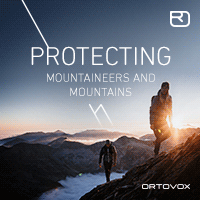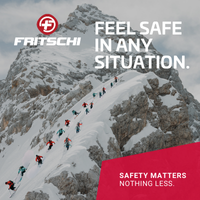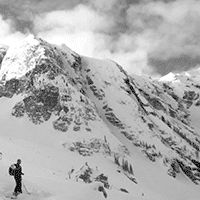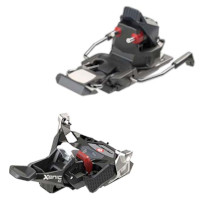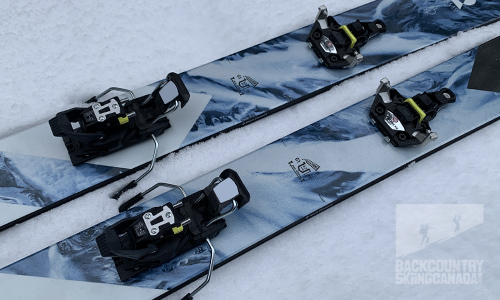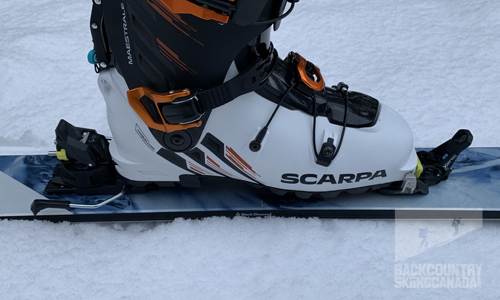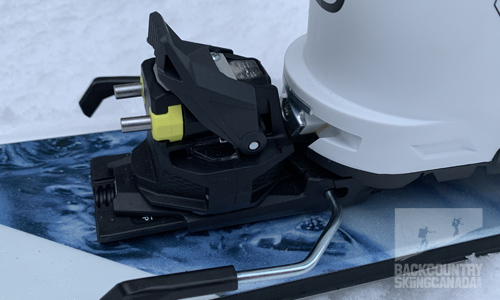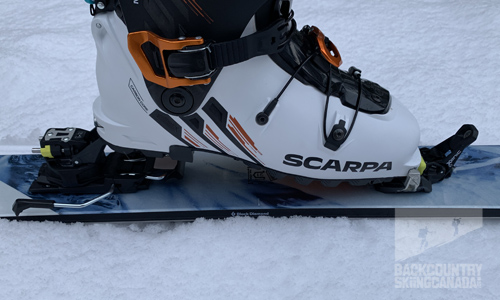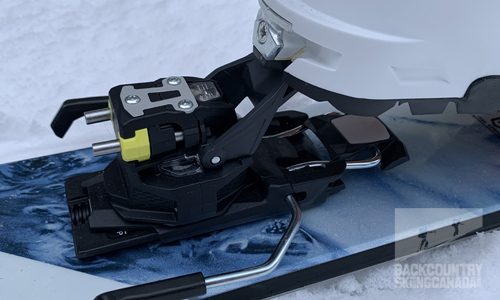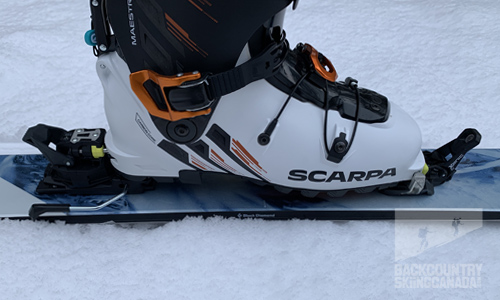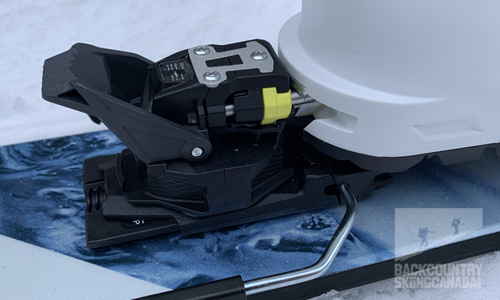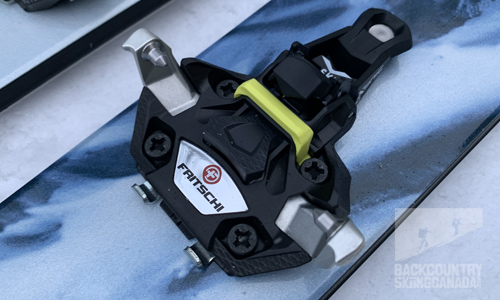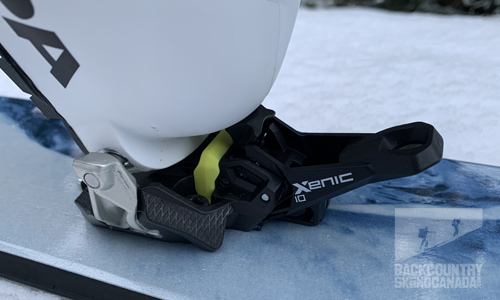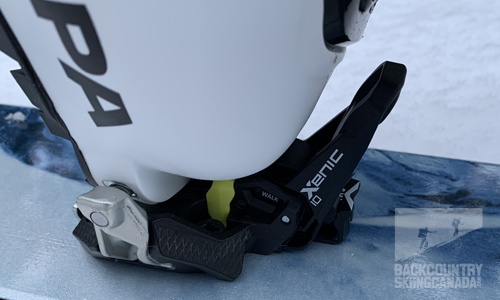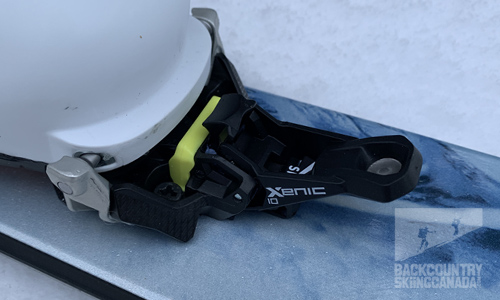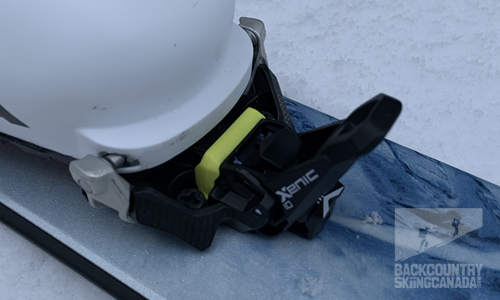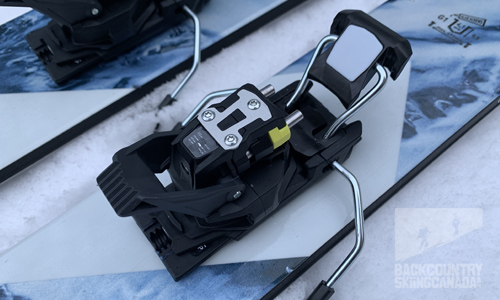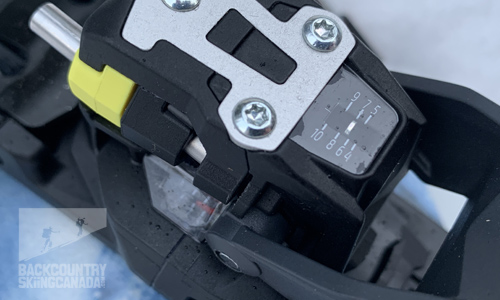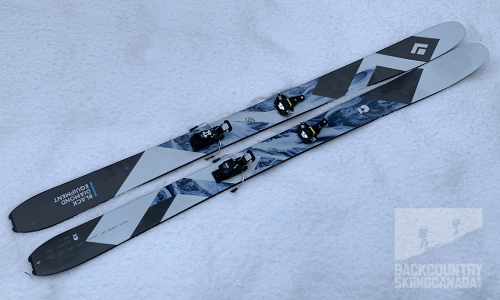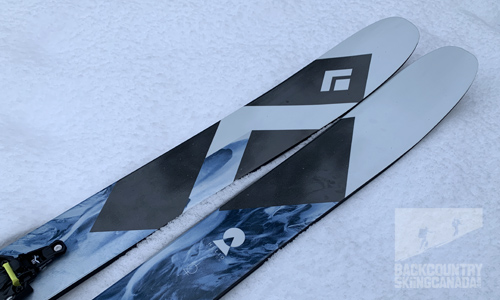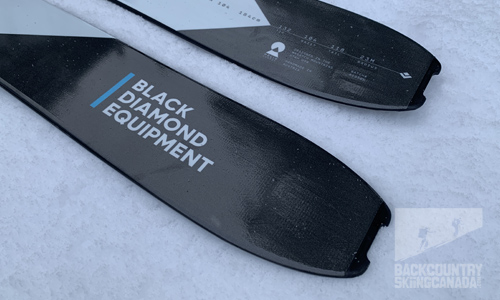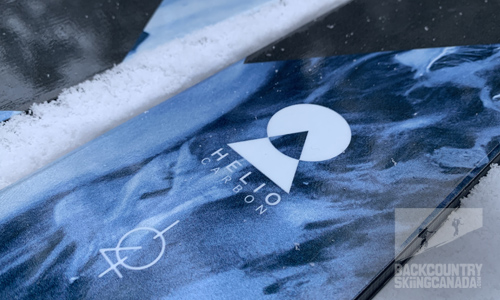


SITE LOGIN
- REVIEWS
- NEWS
- STORE
- ROUTES
- LODGING
-
VIDEOS
- 2022/23 Gear Reviews
- 2021/22 Gear Reviews
- 2020/21 Gear Reviews
- 2019/20 Gear Reviews
- 2018/19 Gear Reviews
- 2017/18 Gear Reviews
- 2016/17 Gear Reviews
- 2015/16 Gear Reviews
- 2014/15 Gear Reviews
- 2013/14 Gear Reviews
- 2012/13 Gear Reviews
- 2011/12 Gear Reviews
- 2020 Outdoor Retailer
- 2019 Outdoor Retailer
- 2018 Outdoor Retailer
- 2017 Outdoor Presscamp
- 2017 Outdoor Retailer
- 2016 Outdoor Presscamp
- 2016 Outdoor Retailer
- 2015 SIA Show
- 2014 Outdoor Retailer
- 2013 SIA Show
- 2012 Outdoor Retailer
- Tips and Tricks
- Backcountry Skiing
- SAFETY
- ABOUT
- REVIEWS
- NEWS
- STORE
- ROUTES
- LODGING
-
VIDEOS
- 2022/23 Gear Reviews
- 2021/22 Gear Reviews
- 2020/21 Gear Reviews
- 2019/20 Gear Reviews
- 2018/19 Gear Reviews
- 2017/18 Gear Reviews
- 2016/17 Gear Reviews
- 2015/16 Gear Reviews
- 2014/15 Gear Reviews
- 2013/14 Gear Reviews
- 2012/13 Gear Reviews
- 2011/12 Gear Reviews
- 2020 Outdoor Retailer
- 2019 Outdoor Retailer
- 2018 Outdoor Retailer
- 2017 Outdoor Presscamp
- 2017 Outdoor Retailer
- 2016 Outdoor Presscamp
- 2016 Outdoor Retailer
- 2015 SIA Show
- 2014 Outdoor Retailer
- 2013 SIA Show
- 2012 Outdoor Retailer
- Tips and Tricks
- Backcountry Skiing
- SAFETY
- ABOUT
TOP VIDEOS
Fritschi Xenic Plus 10 Bindings
Fritschi’s Xenic 10 is the lightest binding in their lineup at just 650g/23oz when you include the brakes. For the 2024/25 season, they have gotten an upgrade along with Fritschi’s other two touring bindings, the Tecton 13 and the Viper Evo 12. Since we first reviewed the Xenic 10 back in 2020, Fritschi's entire collection of tech bindings has been updated with even more functionality and improved ease of use while retaining all the same safety and skiing performance features as the previous versions. While each of these bindings still has a long dynamic travel, pre-release prevention, and high-quality materials, the collection now has a more attractive look, easier and more intuitive operation, and increased functionality and durability while maintaining their same low weights. So then the big question is, is the new and improved Fritschi Xenic 10 Binding still at the top of its game and worth considering for your new backcountry kit?
- SHOW THE REST OF THE REVIEW / PHOTOS / VIDEOS
-
Fully Swiss-designed and manufactured, Fritschi Bindings have been synonymous with technological innovation and light weight design in the ski-touring binding market for over 60 years. The new Xenic 10 and Xenic 7 Bindings feature a redesigned toe with increased stability and easier overall operation while the heel provides the same smooth/easy operation and reliable skiing performance.
To obtain the lightest weight possible with out sacrificing quality and durability Fritschi has utilized lightweight, high-tech materials—mostly being plastic reinforced with glass or carbon fibres and high-quality metal alloys. The technical requirements dictate which is used and where for optimum safety and uncompromising downhill performance.
The Fritschi Xenic 10 Bindings have only one riser which provides an 11° angle for climbing steeper terrain and a relatively flat 2° angle with out the riser engaged as you can see in the following photos.The brakes on the heel piece of the Xenic 10s are automatically stowed once you turn the heel turret and step in for the first time. They are securely held in this position until the heel turret is rotated 180° back to the front-facing position and then the brakes are released.
Unique to the Fritschi Xenic 10 Binding is their horizontally sliding pin lever technology in the toe piece. Rather than the pin arms moving out and down like on most other traditional tech toe pieces, the Xenic 10’s move laterally with no vertical loss or gain which means a more secure hold and a reduced rate of pre-release with a much reduced chance of ice build-up under the centre of the arms as there is no exposed to snow.
The Xenic toe pieces have large ‘pedals’ which help align your boot's tech fittings with the binding’s pins and a large trigger in the binding’s platform which effectively triggers the toe arms to engage with a confidence-inspiring force. There is also a forward fall trigger feature built into the front of the toe pieces which is activated when you experience a forward fall. Once the Xenic 10’s heel is released, the toe of your boot rises up and pushes on this trigger point found in the toe piece which opens the toe's wings, quickly releasing your boot vertically from the binding. However, if the Xenic 10's toe piece is locked out in walk mode then the toe of your ski boot will be unable to hit this trigger and open as you can see below in the following two photos.
Below you can see the toe piece is ski and walk mode respectively.While most lightweight tech bindings typically use a U-pin design to save on weight and complexity, the Xenic 10 utilizes independent pins which make stepping into the Xenic 10 Binding much easier since the pins are able to rotate freely. This also helps to reduce wear on your boot’s heel pin fittings over time due to the reduced friction.
The extra-wide design of the Xenic 10’s heel piece provides increased support and power transmission directly to the ski while the built-in 10mm of automatic length compensation assures a firm hold on your boots and a reliable release even if the ski is heavily flexed.
On the heel piece, Fritschi has incorporated independent lateral and vertical releases with adjustable DIN values from 4 to 10. By incorporating separate release functionality into the Xenic 10 Bindings they are able to better accommodate lighter, less aggressive skiers as well as more aggressive ones.
Other bindings in the Fritschi lineup that you may want to consider are the Tecton 13 which is the most powerful of their three bindings. It is designed for free skiing & ski touring with high-quality materials used throughout that are now more durable and resistant to wear and tear. The Tecton 13's have a newly optimized toe and heel design making their operation smoother and more intuitive while maintaining the 5-13 adjustable front and rear DIN. The Tecton 13 Bindings weigh 1,100g / 36.8oz with the ski brake adding an additional 100g and they retail for $875CAN / $641US. The Vipec Evo 12 is the most versatile binding in Fritschi’s lineup since it is lighter than the Tecton but provides more safety features than the Xenic. Their non-rotating fixed heal and lateral releasing toe design mean they are ideal for ski touring but versatile enough for a variety of terrain. They have a 4-12 DIN and retail for $800CAN / $588US, weighing 1,000g / 35.2oz with the ski brake adding an additional 100g.
I mounted the Fritschi Xenic 10 bindings on Black Diamond’s updated Helio Carbon 104 Skis which have remained relatively unchanged since their introduction in 2020 when we first reviewed them. They use a pre-preg carbon fibre layup and an engineered Paulownia wood core for increased dampness and a smoother ride. This layup is a blend of high-strength carbon fibre oriented along multiple axes combined with high-strength E-Glass for toughness and damping. This makes the Helios very lightweight so they are ideal for big backcountry days where every gram counts on the up and performance is a must on the down.
Features:
- Extremely wide support for the rotating heel
- Patented system of horizontally sliding pin levers. Locking is not necessary on the descent.
- DIN values for lateral and vertical release separately and continuously adjustable
- Reliable release with 10 mm longitudinal compensation for ski flex
- New 3rd generation features:
- New redesigned toe unit. Easier handling and increased resistance and stability
- The heel unit now with smoother operation
- Highest safety and performance with the lowest weight
- Easy step-in and easy use
Verdict:
The Fritschi Xenic 10 Bindings and Black Diamond Helio Carbon 104 Skis make an ideal backcountry setup by minimizing weight without giving up any performance. The enhanced safety features found on the Xenic 10 Bindings such as the independent lateral and vertical releases on the heel, horizontally sliding pin levers and vertical release on the toes make them a much safer binding overall. At just 560g / 19.6oz for the pair, the Xenic 10 Bindings have features that are seldom found on bindings twice their weight.
However, in order to keep the Xenic 10 Bindings light some sacrifices had to be made. The most obvious is the lack of a second climbing aid. The Xenic 10 Bindings have a single riser that provides an 11° advantage over the flat (technically 2°) standard climbing height. While some people will miss this second riser option, I found that after adjusting my climbing style I could easily make do with just the one.
The use of lightweight, glass or carbon fibre-reinforced plastic is abundant on the Xenic 10 Bindings as this helps keep weight to a minimum. While the binding's underlying frame uses high-quality metal alloys, there is still a lot of plastic in their construction and this could be an issue for heavier skiers who are hard on their gear and durability may suffer over the long term. From a purely confidence-inspiring perspective, I prefer to see as much metal as possible in the construction of a ski touring binding like that of the Plum OAZO Bindings. This comes as a trade-off off, however, since you can’t maintain a lightweight design without foregoing some of the added safety features found on the Xenic 10 Bindings. While I’m perfectly comfortable skiing the Xenic 10s in the backcountry where the snow is typically soft and plentiful, skiing them on the hardpack of the resort, day after day, would be of concern. But then again, this is not what they are designed for.
Overall, the Xenic 10 Bindings performed well and were super light on the skin track allowing me to go farther afield with less effort. While I can’t say I missed the second riser option I am glad to trade it for the weight savings instead, however, some skiers may disagree. The added safety features found on the Xenic 10s provide a huge piece of mind that I’ll stay secured to my skis when needed and easily release in the event of a fall or avalanche.
So to answer the question at the beginning of this review, yes, the new and improved Fritschi Xenic 10 Binding are still high on my list of bindings to consider for my next backcountry ski kit. While the new Xenic 10 Bindings are not a revolutionary upgrade over the previous version—this only serves to confirm that the original design is still as solid as ever and is standing up to the test of time.
 |
PROS:
|
 |
CONS:
|
SPECS:
Price: $650CAN / $80US
Weight: 560g / 19.6oz (per pair without brakes; with brakes 650g/23oz )
DIN: 4 – 10 / 3 – 7
Climbing positions: 2.5°, 11.5°
Brake Widths: 75,85, 95, and 105mm (included)
Ski/hike performance 2/2
Transition 1.5/2
Durability 1.5/2
Weight 2/2
Quality / Price 1.5/2
Did we miss something? Are we totally out to lunch? Let us know what you think. People like/dislike gear for different reasons so chime in below and we'll get a well-rounded evaluation. You'll need to login or register before you can comment but it only takes a few seconds, then you're good to go.
Leave a Comment:
Copyright © 2009-25 Backcountry Skiing Canada. All Rights Reserved.


